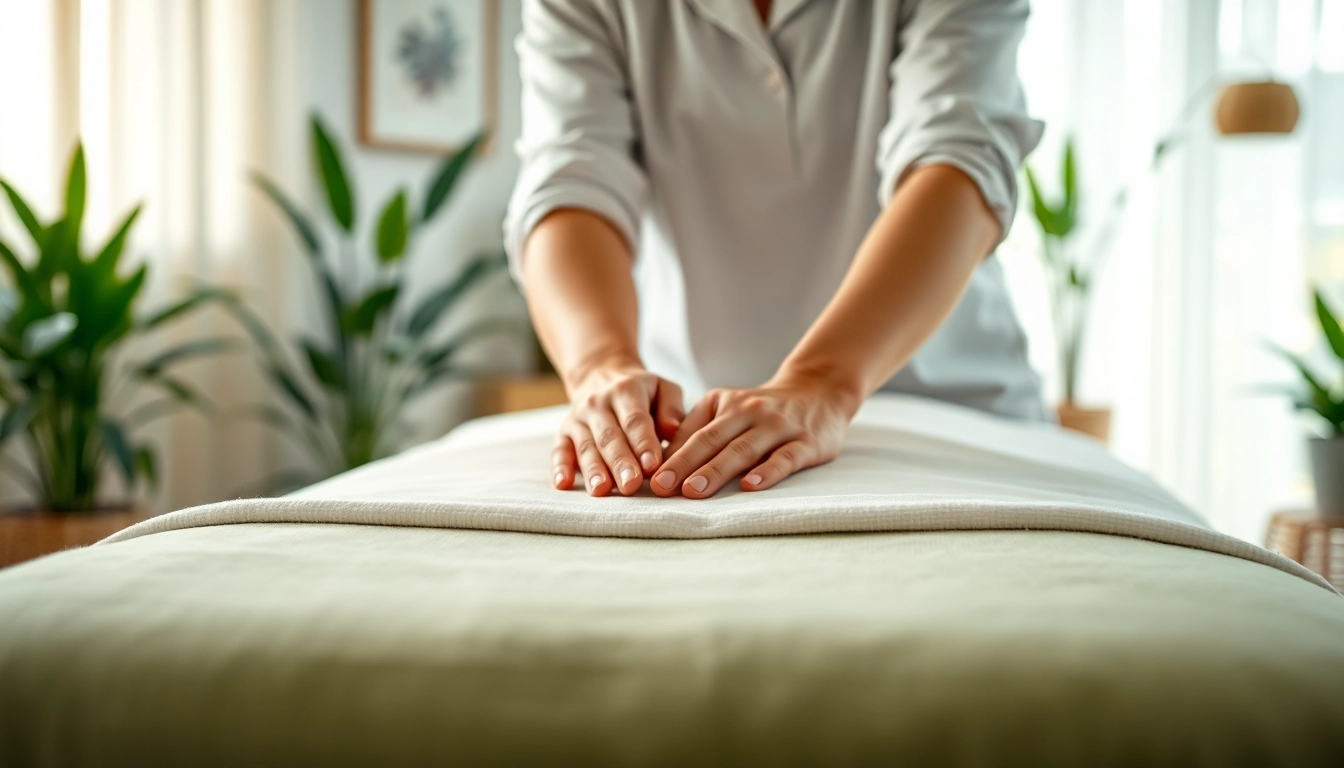Understanding Anxiety: What It Is and How It Affects You
Anxiety is a common mental health challenge that impacts millions of individuals worldwide. It often manifests as excessive worry, fear, or apprehension, affecting daily activities and overall quality of life. For many people, dealing with anxiety can be overwhelming, making it crucial to understand its nature and symptoms.
What is Anxiety?
Anxiety is classified as a normal and often healthy emotion. However, it becomes problematic when it triggers overwhelming feelings that hinder day-to-day activities. Typically, anxiety is divided into two categories: normal anxiety and anxiety disorders. Normal anxiety is a rational response to stress, like preparing for an important exam or a job interview. In contrast, anxiety disorders disrupt daily life due to excessive fear or worry.
Common Symptoms of Anxiety
Recognizing the symptoms of anxiety is the first step toward managing it effectively. Common symptoms include:
- Feeling restless or on edge
- Fatigue or difficulty concentrating
- Muscle tension
- Sleep disturbances
- Rapid heart rate or palpitations
- Sweating, trembling, or feeling dizzy
- Avoidance of situations that might cause anxiety
If you experience several of these symptoms regularly, it may be beneficial to assess your mental health and seek appropriate help.
Understanding Different Types of Anxiety Disorders
There are several types of anxiety disorders, each presenting distinct symptoms and triggers:
- Generalized Anxiety Disorder (GAD): Characterized by excessive, uncontrollable worry about various aspects of life.
- Social Anxiety Disorder: Intense fear of social situations where one might be judged or embarrassed.
- Panic Disorder: Recurrent panic attacks and overwhelming fear about the possibility of experiencing more attacks.
- Specific Phobias: Irrational fears of specific objects or situations, leading to avoidance behaviors.
- Obsessive-Compulsive Disorder (OCD): Consists of obsessive thoughts that lead to compulsive behaviors to alleviate anxiety.
- Post-Traumatic Stress Disorder (PTSD): Anxiety following exposure to traumatic events, marked by flashbacks and avoidance behavior.
Identifying Triggers in Dealing with Anxiety
Understanding the triggers that contribute to anxiety can empower individuals to manage their responses more effectively. In this section, we shall explore common anxiety triggers, the role of self-reflection, and how to track anxiety patterns.
Common Triggers and Stressors
Anxiety triggers can vary widely among individuals, but some common factors include:
- Life Changes: Events such as moving to a new place, changing jobs, or experiencing relationship issues can incite anxiety.
- Work-related Stress: Deadlines, heavy workloads, and interpersonal conflicts at work are significant stressors.
- Health Concerns: Personal illness or the sickness of a loved one can lead to heightened anxiety levels.
- Social Situations: Fear of judgment in social settings can cause significant distress.
How to Keep an Anxiety Journal
An effective tool for managing anxiety is keeping an anxiety journal. This practice encourages self-reflection and aids in recognizing patterns. Begin by noting down:
- The date and time of your anxiety episode
- Context or situation you were in
- Feelings experienced (both emotional and physical)
- Activities you engaged in during or after the episode
- Responses you had and their effectiveness
Over time, patterns may emerge, revealing what typically triggers your anxiety and how you can better manage these moments.
Recognizing Patterns and Responses to Triggers
Identifying your triggers is just the beginning. Recognizing how you typically react to these stressors is crucial for effective self-management. Common responses may include:
- Avoidance of certain situations or places
- Increased physical symptoms such as heightened heart rate
- Engagement in negative self-talk or catastrophizing
By identifying these responses, you can start to challenge and replace them with healthier coping mechanisms.
Effective Techniques for Dealing with Anxiety
This section explores proven strategies that can help alleviate anxiety. From relaxation techniques to physical activity, these approaches can foster a sense of calm and control.
Relaxation Techniques: Breathing and Visualization
Two of the most effective relaxation techniques for managing anxiety are controlled breathing and visualization exercises. Controlled breathing can significantly reduce stress responses. Here’s a simple method:
- Find a quiet space and relax your body.
- Inhale deeply through your nose, counting to four.
- Hold your breath for a count of four.
- Exhale slowly through your mouth, counting to six.
- Repeat this cycle until you feel calmer.
Visualization involves picturing a serene scene or an experience that makes you feel at peace. Engaging all your senses during this practice can help create a calming mental image.
Physical Activities and Their Impact on Anxiety
Regular physical activity has been shown to have substantial benefits for mental health. Exercise promotes the release of endorphins, chemicals in the brain that act as natural painkillers and mood lifters. Consider incorporating:
- Aerobic activities: Such as walking, running, or cycling, which can improve cardiovascular health and reduce anxiety symptoms.
- Strength training: Focusing on weight lifting can also serve as a powerful mood booster.
- Yoga and Tai Chi: Practices that combine movement, controlled breathing, and meditation to promote overall relaxation.
Aim for at least 30 minutes of moderate exercise most days to experience these benefits fully.
Mindfulness and Meditation Practices
Mindfulness and meditation are instrumental in cultivating a sense of awareness and presence, effectively reducing anxiety. Techniques such as focused breathing, body scan meditation, and loving-kindness meditation can create a mental buffer against anxiety.
To implement mindfulness practices, try dedicating 10 minutes each day to:
- Finding a quiet place to sit comfortably.
- Focusing on your breath, noticing its rhythm and sensations.
- Bringing your attention back to your breath whenever your mind wanders.
Even during busy days, practicing short mindfulness techniques can significantly enhance your overall mental well-being.
Seeking Help: When to Consult a Professional
Understanding when to seek professional help is vital for managing anxiety effectively. While self-help strategies can be beneficial, sometimes external support is necessary.
Indicators that You Need Professional Support
If your anxiety is causing significant distress or impairing daily functionality, consider the following indicators:
- Persistent feelings of hopelessness
- Inability to control worrying despite attempts
- Physical symptoms that interfere with daily tasks
- Withdrawal from loved ones or social situations
Consulting with a mental health professional can provide guidance tailored to your unique challenges.
Types of Mental Health Professionals and Their Roles
Various professionals specialize in mental health care, each playing a unique role in treating anxiety:
- Psychiatrists: Medical doctors who can prescribe medications and offer therapy.
- Psychologists: Specialists trained in providing therapy and psychological evaluation.
- Counselors: Professionals focused on providing support and guidance for managing emotional issues.
- Clinical Social Workers: Helpers who can provide therapy and support within the community context.
Your choice of professional may depend on your specific needs, preferences, and resources available.
Overview of Therapy Options for Dealing with Anxiety
Several therapeutic options exist to address anxiety disorders, including:
- Cognitive Behavioral Therapy (CBT): A popular and effective treatment focused on changing negative thought patterns and behaviors.
- Exposure Therapy: Gradually exposing individuals to anxiety triggers to reduce their sensitivity.
- Acceptance and Commitment Therapy (ACT): A form of therapy that encourages patients to accept their thoughts and feelings rather than fighting against them.
- Mindfulness-Based Stress Reduction (MBSR): Combining mindfulness meditation and yoga to help individuals manage anxiety.
Discussing these options with a mental health professional can help identify the most suitable approach for you.
Building a Support System for Dealing with Anxiety
A robust support system is essential when dealing with anxiety. Surrounding yourself with understanding individuals can provide comfort, encouragement, and solidarity.
The Importance of Social Support
Social support plays a significant role in emotional well-being. Having friends, family, or support groups can help individuals feel less isolated and more understood. It can serve as a buffer against the impacts of stress and anxiety. Connecting with like-minded individuals who share similar struggles can foster a sense of belonging and community.
How to Talk About Your Anxiety with Others
Communicating about your mental health can be daunting yet rewarding. Here are some tips for discussing your anxiety:
- Be open and honest about your feelings.
- Choose a comfortable and private setting for the conversation.
- Educate your audience about what anxiety means for you, so they can better understand your experiences.
- Encourage questions to foster better dialogue.
In doing so, you can cultivate supportive relationships based on mutual understanding.
Resources and Support Groups to Consider
Various resources can assist in managing anxiety and finding support. Consider exploring the following:
- Local therapy practices or mental health services
- Online support groups or forums for anxiety
- Workshops and seminars focused on anxiety management
- Hotlines or crisis centers available for immediate assistance
Engaging with these resources can provide valuable support and insight into managing anxiety more effectively.



